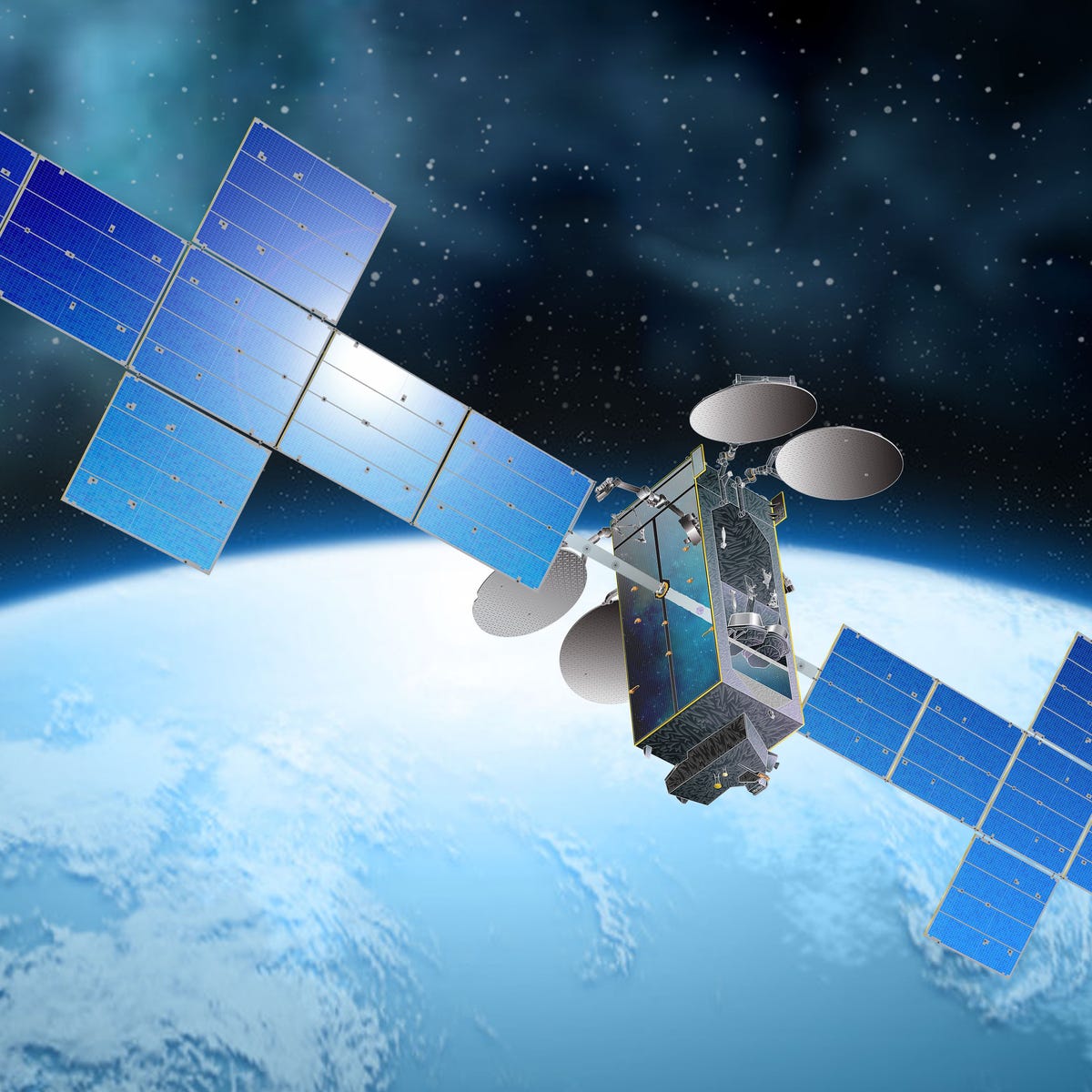In recent years, there has been substantial expansion and change in the global satellite internet market. Satellite internet has become a key factor in bridging the digital divide and providing for rural and underserved areas due to the rising need for high-speed, dependable internet connectivity worldwide. The numerous facets of the global satellite internet market are explored in depth in this article, along with its drivers, difficulties, and potential.
Market Overview
Due to the growing need for internet connectivity in both urban and rural areas, the global satellite internet market is expanding significantly. Satellite internet is a great way to fill this gap because traditional terrestrial internet infrastructure frequently has trouble connecting to remote regions. Additionally, satellite internet offers a reliable alternative in disaster-prone areas where terrestrial networks could be damaged.
Key Motivators
The satellite internet market has grown as a result of numerous factors. First, the demand for smooth and universal internet connectivity has increased due to the growing usage of linked devices and the Internet of Things (IoT). Second, to strengthen national communication networks, advance e-governance, and improve emergency response systems, governments around the world are heavily investing in satellite internet efforts. Further driving the need for faster internet speeds, which satellite internet can deliver, is the rising demand for high-definition content and video streaming services.
technological progress
The global satellite internet market has grown significantly due to advancements in satellite technology. Data transmission capacity and latency issues have considerably risen because of the advent of High Throughput Satellites (HTS). The effectiveness and coverage of satellite internet services have also been enhanced by advancements in satellite constellations, such as Low Earth Orbit (LEO) and Medium Earth Orbit (MEO) satellites.
Challenges:
The global satellite internet providers confronts some difficulties despite its rapid growth. Particularly for small and developing firms, high initial infrastructure costs and continuous maintenance costs might be a financial hurdle. In addition, occasionally, satellite transmissions might be affected by atmospheric conditions and space debris, resulting in service outages. The market development in various locations is also impacted by regulatory obstacles and spectrum management problems.
Future Possibilities:
There are many prospects in the global satellite internet market’s future, which looks positive. Costs will drop as technology develops, making satellite internet more affordable for a wider range of customers. In addition, with the introduction of 5G networks, satellite internet can enhance terrestrial services by providing coverage in remote locations with poor terrestrial connectivity. Additionally, satellite internet service providers are looking into strategic alliances and partnerships to broaden their global reach and serve various clientele.
Conclusion:
The global satellite internet market is transforming and is providing a workable answer to the problems with global digital connectivity. Satellite internet is positioned to play an increasingly important role in the global digital ecosystem as technology advancements continue and there are more investments and strategic initiatives. By adopting this technology, people, organizations, and governments can become more powerful, promoting a more collaborative and inclusive digital environment.
